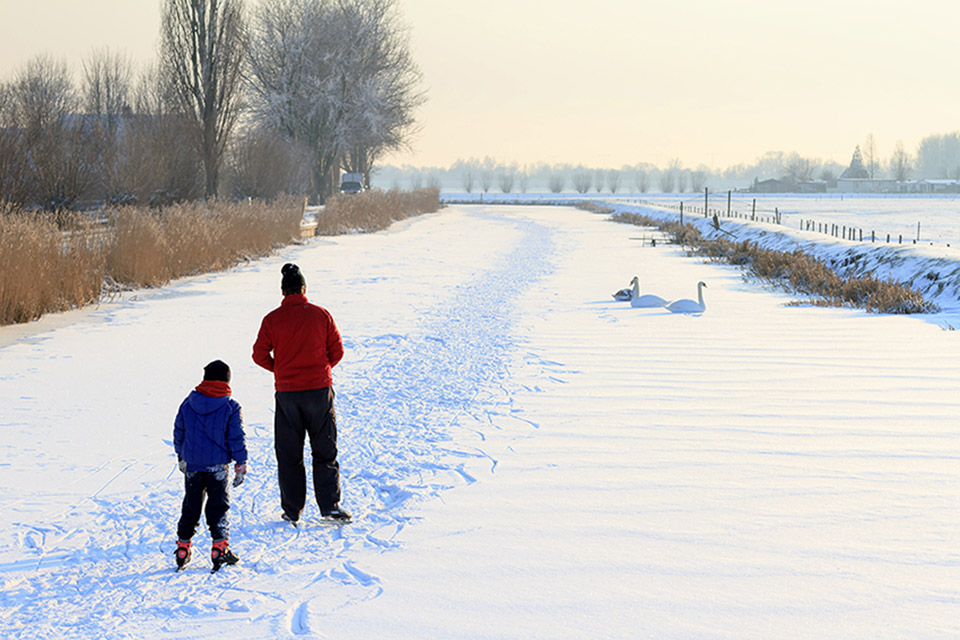Minilesson Print
Writing a 5 W’s Story

Ideas for fictional stories often come from a writer’s real-life experiences. Change a few parts of the experience, and a story is born. See how one writer created a story idea by using a 5 W’s chart.
|
|
True Experience |
Story Idea |
|---|---|---|
| Who? | Mark Day | Josh Davis and Kim Smith, new friends |
| What? | Went ice skating | Went ice skating |
| When? | Late afternoon last winter | Late afternoon last winter |
| Where? | On Root River | On Root River |
| Why? | To see how far he could get | To see if they could reach the dam, which is farther than anyone has ever gone |
Two important parts were changed—the main character(s) and the reason for the skating adventure.
Your Turn Write a fictional story based on a real experience.
- List possible experiences that you could turn into stories. (These could be personal experiences or ones that you have heard or read about.)
- Choose one experience that interests you the most.
- Create a 5 W's chart like the one above (or use the document download below).
- In the first column, list the 5 W's: Who? What? When? Where? and Why?
- In the second column, Identify the main parts of the experience.
- In the third column, fictionalize at least two important parts so that the experience becomes truly different.
- Write your story using the third column as a basic guide.

Writing a 5 W’s Story by Thoughtful Learning is licensed under a Creative Commons Attribution-NonCommercial-ShareAlike 4.0 International License.
Based on a work at k12.thoughtfullearning.com/minilesson/writing-5-w%E2%80%99s-story.